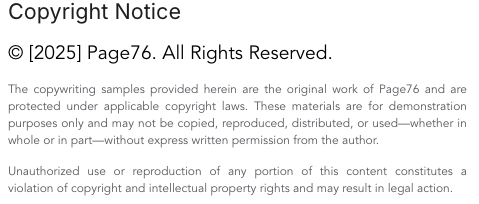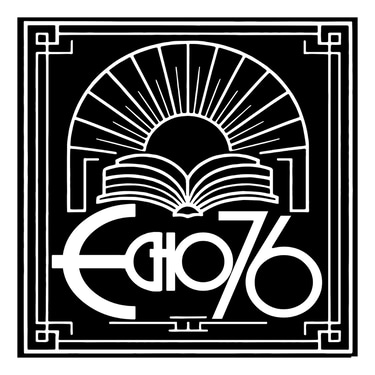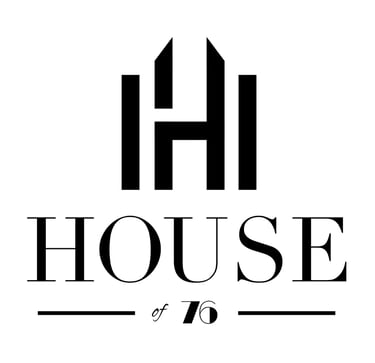The Psychology of the Artist’s Palette: Choosing Colours Intuitively
Explore how artists select colours intuitively and the psychology behind palette choices. Discover how colour impacts creativity, mood, and expression in art.


More Than Meets the Eye... The Intuitive Palette
An artist’s palette is more than a mixing board; it’s a deeply personal, almost subconscious map of emotion, culture, and psychology. Why do some artists reach instinctively for cobalt blue over cadmium red? What invisible forces guide these choices beyond rules and theory?
This exploration into the psychology of intuitive colour selection reveals the complex dance between mind, mood, and medium.
The Subconscious Language of Colour
Colours speak a language older than words. They evoke feelings, memories, and moods that transcend culture and time. When an artist chooses a hue intuitively, they tap into this subconscious dialogue, sometimes consciously, often not.
Emotional resonance: Certain colours resonate with an artist’s current emotional state or desired expression.
Symbolism and cultural baggage: Colours carry layers of meaning that influence choices without overt awareness.
Sensory preference: Some artists simply respond physically to particular hues or saturations.
Colour Theory vs. Intuition: The Creative Tension
While colour theory offers frameworks (complementary colours, warm vs. cool, harmony and contrast) many artists admit their most compelling palettes arise from instinct. The painter standing before a blank canvas might mix colours guided by feeling rather than formula.
This intuitive process can yield surprising harmony or deliberate dissonance, reflecting internal states more than textbook ideals.
The Psychological Drivers of Palette Choices:
Mood and Emotional State
Artists’ palettes often mirror their mental landscape. A turbulent emotional period might be expressed through jagged contrasts or aggressive reds; peaceful times may produce gentle pastels or monochromes.
Personal Identity and Expression
Colour choices can assert individuality or align with artistic movements, whether rebellious neon against tradition or muted earth tones celebrating nature.
Creative Flow and Decision-Making
Intuitive colour selection is part of the creative flow, where conscious control loosens and subconscious guidance takes over. This state often leads to the most authentic, resonant artworks.
How Viewers Perceive Intuitive Colour Use
Interestingly, art lovers often respond viscerally to palettes, even without knowing the artist’s intent. The emotional impact of colour combinations can evoke moods, memories, and narratives that feel deeply personal yet universally accessible.
Practical Insights: Harnessing Intuition in Your Own Colour Choices
Start with mood: Ask yourself what feeling you want to convey or evoke.
Limit your palette: Sometimes constraints spark intuition and creativity.
Trust your gut: Don’t overthink - let your preferences and impulses guide your selections.
Experiment with emotion: Try contrasting colours to reflect inner conflict or harmony.
Conclusion: The Palette as a Psychological Portrait
The artist’s palette is a window into the psyche, blending cultural symbolism, emotional state, and instinctive impulse. Choosing colours intuitively isn’t just an artistic technique; it’s a profound act of self-expression and emotional communication.
So next time you pick up a brush or crayons, consider not only what colours please your eye... but what they say about your inner world.
This colouring page wandered in from Simple Floral Patterns!: A Chill With Love Colour Therapy Book, where dozens more patterns are waiting to be brought to life. Let your pencils and markers go exploring—find it on Amazon here: https://www.amazon.com/dp/B0F62WWXX7?binding=paperback&ref=dbs_dp_rwt_sb_pc_tpbk






